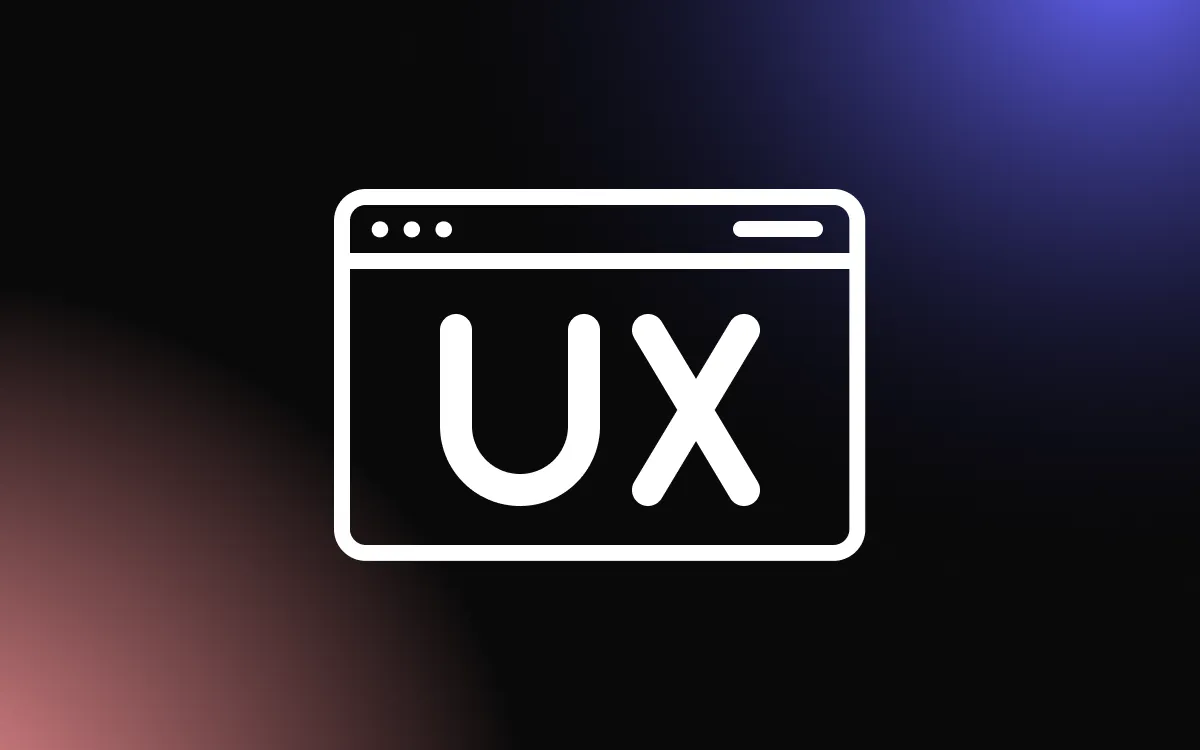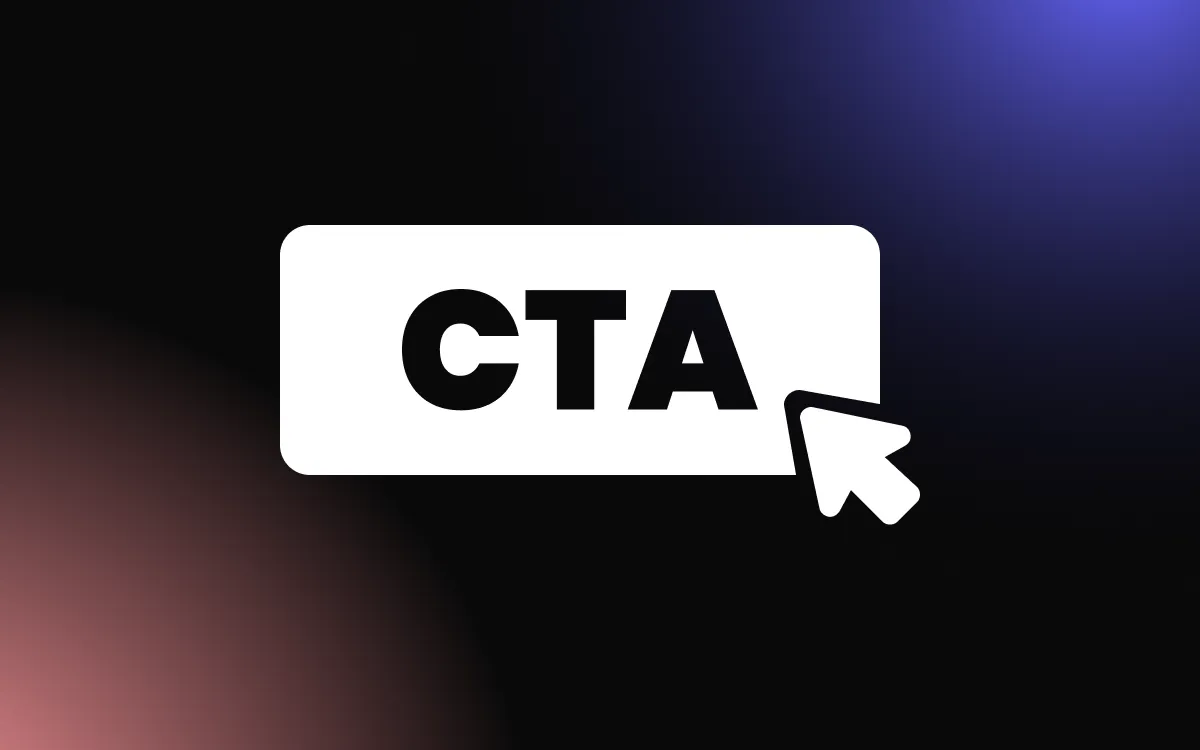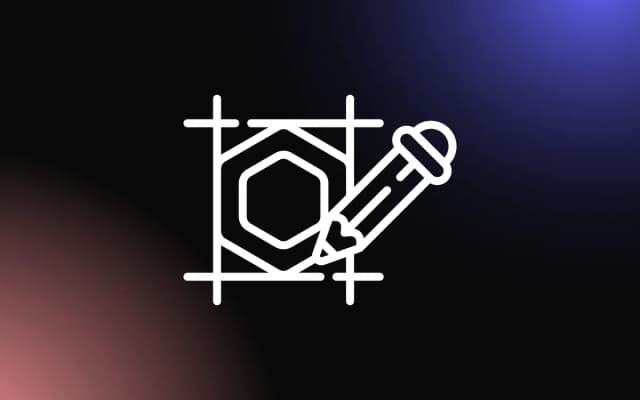
Web design has come a long way since the early 1990s when the first web pages were simple text documents with few design elements. As the internet evolved, so did web design, incorporating new technologies and trends to create more visually appealing, user-friendly websites.
Artificial intelligence has also seen significant advancements in recent years. Initially focused on simple, rule-based systems, AI has evolved to leverage machine learning, deep learning, and neural networks to learn from data and generate intelligent outputs.
AI has made its mark on numerous industries, from healthcare and finance to manufacturing and customer service. Web design is no exception, with AI-driven tools and technologies offering new possibilities for designers and developers.
AI-Powered Web Design Tools and Platforms

Thanks to AI-driven design tools, creating websites has become more efficient, cutting down the time it takes to launch them compared to traditional methods. These clever tools also offer a higher degree of customization and personalization by closely analyzing user inputs and preferences, and crafting designs that truly capture a user’s brand and vision.
Plus, AI-powered solutions work their magic to enhance the user experience by fine-tuning site layouts, navigation, and content, making sure visitors have a smooth and delightful time exploring your site.
AI-Driven Web Design Tools
- Wix ADI: Wix Artificial Design Intelligence (ADI) is a web design platform that uses AI to create personalized websites by analyzing user inputs and preferences.
- The Grid: The Grid is an AI-driven web design platform that automatically generates responsive and visually appealing websites based on user-provided content.
- StudioAI: StudioAI is a cutting-edge, web-based platform that harnesses the power of AI to help creatives design and collaborate on stunning visuals and graphics.
AI’s Role in the Creative Process

As we journey through the constantly changing digital world, artificial intelligence is leaving its mark in numerous fields, and the realm of creativity is no exception. Let’s dive in and explore how AI is making its way into the creative process, reshaping how we approach artistic endeavors, design, and content generation.
AI’s Ability To Generate Design Ideas and Suggestions
When it comes to image and color palette generation, AI has the impressive ability to examine existing visuals and colors, proposing harmonious palettes for fresh designs. It doesn’t stop there; AI can also assess an array of font and layout choices, delivering data-driven design recommendations that contribute to compelling typography and layout decisions. The creative process has never been so in tune with technology, and AI’s innovative capabilities are playing a vital role in taking design to new heights.
Balancing Human Creativity With AI-Generated Designs
The collaboration between AI and human designers is essential in today’s creative landscape. AI-generated designs can act as a foundation for human designers, enabling them to concentrate on fine-tuning and elevating the design instead of beginning from square one. However, the creative process still relies heavily on human intuition and judgment. Despite AI’s remarkable abilities, human designers remain indispensable in making final decisions and guaranteeing that designs align with the intended brand identity and objectives. This synergy between AI and human expertise is what truly drives creativity forward in our ever-advancing digital world.
AI and User Experience (UX) Design

Personalized User Interfaces
AI-driven technology has the power to revolutionize user experiences through dynamic content and layout adjustments. By analyzing user behavior and preferences, AI can modify website content and layouts in real-time, delivering a highly personalized experience for each visitor. This personal touch extends even further, as AI is capable of crafting unique experiences by fine-tuning site elements to align with the distinct preferences and requirements of individual users. As a result, AI opens up new possibilities for providing tailored user experiences that truly resonate with each visitor.
AI-Enabled Accessibility Improvements
AI has the potential to make significant strides in promoting accessibility and inclusivity on the web. By automatically detecting and addressing accessibility concerns, AI ensures that websites adhere to established standards and cater to users with disabilities. Furthermore, AI can assist designers in crafting more inclusive web designs by offering valuable insights and suggestions for enhanced accessibility. This innovative approach allows for a more diverse and welcoming online environment, where users with disabilities can seamlessly navigate and interact with digital content.
Ethical Considerations of AI in Web Design

Potential Biases in AI-Generated Designs
Diverse training data plays a crucial role in minimizing bias in AI-generated designs, as it allows AI to draw from a wide array of perspectives and design principles. This breadth of information helps create more well-rounded and unbiased designs. However, one of the challenges faced in this process is ensuring that AI-generated designs do not inadvertently perpetuate harmful stereotypes. To tackle this issue, it’s necessary to continually evaluate and refine AI algorithms and training data, striving to create a more balanced and unbiased representation in the designs produced by AI technology.
Intellectual Property and Copyright Concerns
The legal landscape concerning the ownership of AI-generated designs is an evolving area, sparking questions about who should hold the rights to these innovative creations. As AI becomes increasingly involved in the world of web design, it’s vital for designers and developers to stay up-to-date on the legal implications associated with incorporating AI-generated content into their projects. Navigating this complex territory will help ensure that the creative process remains compliant with the law while also benefiting from the cutting-edge capabilities that AI has to offer.
The Future of Web Design and AI

Emerging AI Technologies and Their Potential Impact
Hey, have you heard about this awesome new tech called Generative Adversarial Networks (GANs)? It’s like having a virtual artist in your computer that can create lifelike images, textures, and other cool visuals that look totally real!
And that’s not all – there’s also Natural Language Processing (NLP) that can make your web browsing experience even better. It’s like having your own personal assistant that can understand what you’re saying and give you the most relevant info. Pretty cool, right?
These amazing technologies are changing the game of web design, offering endless possibilities for designers to create new and unique websites. And as a user, you get to enjoy a more personalized and seamless browsing experience. The future of web design is looking pretty exciting!
Preparing for the AI-Driven Web Design Landscape
Given the rapid advancement of AI, it would be prudent for designers to develop new skills, such as understanding AI algorithms and working with AI-generated content. This, however, does not mean that designers will be replaced by AI, instead, the future of web design may involve a collaborative approach between human designers and AI.
Conclusion
AI in web design is revolutionizing the industry, leading to innovations like personalized interfaces, improved accessibility, and new design elements. Leveraging AI can help create more engaging and user-friendly websites. Staying informed and embracing the collaboration between humans and AI is crucial for staying competitive in the evolving web design landscape.


